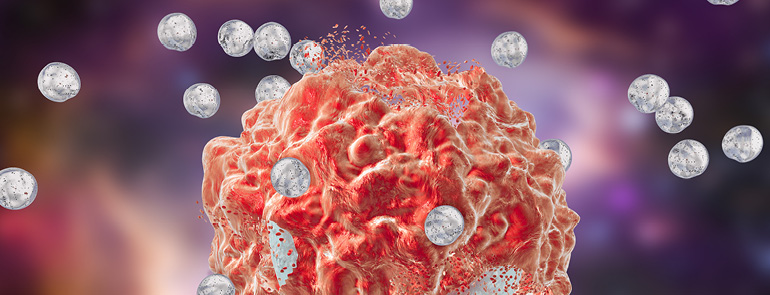
Puneet Tyagi1, Vivek Agrahari2, Aliasger K. Salem3
1Dosage Form Design and Development, Biopharmaceutical Development R&D, AstraZeneca, Gaithersburg, USA
2CONRAD / Eastern Virginia Medical School (EVMS), Arlington, VA, USA
3 College of Pharmacy, University of Iowa, Iowa City, IA, 52242
In the past decade, research on vaccine development has been advanced in exploring the enormous potential to fight against numerous diseases, including cancer. Conventional vaccines hold great promise for improved cancer treatment, but are also associated with off target effects, low cellular internalization, rapid degradation and clearance, short-term therapeutic effect, and low immunogenicity of tumor antigens.1,2 Such factors limit the efficiency of vaccine development strategies and hence, despite considerable efforts, the clinical efficacy of cancer vaccines has been inadequate. To counter these limitations and enhance the clinical translation of cancer vaccines, nanotechnology has been applied in the development of approaches and engineered a new generation of therapeutics called ‘nanovaccines’ capable of overcoming the in vivo biological and biophysical barriers against standard approaches.3 Nanovaccines have the potential to induce both cell-mediated and antibody-mediated immunity and can render long lasting immunogenic effect. This offers significant potential for prevention and treatment of cancer.